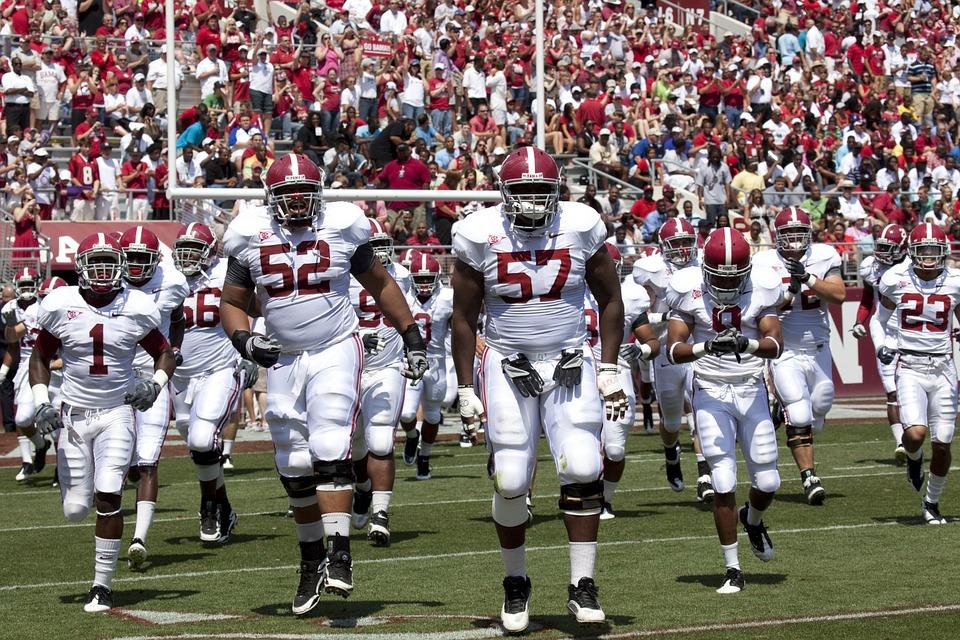- Lacrosse Secures Huge Win Against Marquette
- Baseball Returns From Successful Florida Trip
- Spring Sports Weekend Recap
- Spring Sports Previews
- Margo O’Meara Wins State, Less Than a Year After Tearing ACL
- Girls Lacrosse Preview
- Girls Basketball Season Recap: Wildcats Fall to Parkway North in District Championship
What Are College Coaches Really Looking For?
- Updated: 11/14/2016

Athletes are told to specialize in a certain sport at a young age in order to become an elite athlete in that area. It is said that dividing up time between sports takes away the ability to become exceptional at one thing and ruins the opportunity to play a college or pro sport. This simply isn’t true. It continues to be proven that being a multi-sport athlete is beneficial and is exactly what coaches are looking for.
First of all, the percentage of student athletes in high school that actually go on to play in college is extremely slim. Athletes should not bank on the fact that their career will reach very far beyond high school. The NCAA found that of the 8 million high school athletes, only 480,000 will actually play at NCAA schools in college. That’s only 6% of high school athletes. Of course the percentage differs depending on the gender of the athlete and sport, but the odds of playing a college sport are nonetheless not very good.
To be a college athlete, specializing in a sport is not necessarily the way to go. Playing multiple sports prevents overuse injuries that are so common in young athletes today who specialize early in their careers. The Changing the Game Project reported that a Loyola University study performed by Dr Neeru Jayanthi study found athletes who specialize in a single sport at are 70%-93% more likely to develop overuse injuries. Participating in different sports strengthens all the muscle groups and develops a physically more well-rounded athlete.
College coaches are looking for well-rounded athletes to fill their programs. A person’s best bet to play in college would be to play at least two sports. The Post Game Staff reported that when Coach Urban Meyer of the Ohio State football program gives out scholarship money to football players, 90% of them are multi-sport athletes. Also, when interviewed by ESPN, Houston coach Tom Herman said, “It seems elite or different to do this whole year-round stuff, but it’s actually a detriment and a hindrance.” College coaches have caught on to the fact that elite level players more times than not have participated in all different kinds of sports and have benefitted from it.
Beyond the physical effects and appeal to coaches, being a multi-sport athlete simply helps prevent burnouts and makes high school athletes desire to play at a higher level across all their fields. The National Federation of State High School Associations insists that burnouts develop from “repetition of the same activity with outside pressure placed on the athlete by adults… Burnout can be caused by many factors, but it ultimately occurs when athletes feel helpless about their ability to meet external (or internal) expectations.” The Dallas Morning News reported that the The 2013 research brief discovered “specialization for kids ages 6 to 12 led to increased burnout and higher rates of injury than for kids who played multiple sports.” Athletes just end up getting mentally and physically burnt out from repetition of simply doing a single thing all the time, instead of having a wider variety of activities to do.
Even though playing multiple sports and going to school can be extremely exhausting and difficult, it will provide the best chance possible to be able to play after high school. That said, it is also important to put sports into perspective and realize they should not dictate every area of life.
